Do top college players with NIL deals really make less money as WNBA rookies? Why can this year's seniors return for a fifth season? We break it down.

Published 2 سال قبل on جنوری 20 2024، 11:00 صبح
By Web Desk

Will Caitlin Clark stay at Iowa or will she go to the WNBA this year? How about UConn's Paige Bueckers, Stanford's Cameron Brink or LSU's Angel Reese? The 2024 WNBA draft could be a franchise-changer for more than one team.
Or it could be a case of delayed gratification, leaving us waiting for 2025 as the real blockbuster draft. We might not know which it will be until after the Final Four on April 5 and 7. Players have until March or -- if their teams are alive in the postseason -- until 48 hours after their last game to declare for the draft. The 2024 WNBA draft is April 15.
The NCAA granted a waiver to student-athletes competing in the 2020-21 season providing them an extra year of eligibility due to the circumstances surrounding the COVID-19 pandemic and how it affected their competitive experience. Players who were freshmen that year -- which includes the likes of Clark, Bueckers, Brink and Reese -- are the last class that can exercise the waiver and return for a fifth season.
Thus, the waiver could have an impact on the WNBA draft for the fourth year in a row. Further complicating things is a changed economic landscape for college athletes, as name, image and likeness (NIL) deals give them the chance to earn money from things like endorsements and appearances, enhanced by the visibility that comes with the road to March Madness.
The Indiana Fever select first for the second consecutive year, with Clark the consensus at No. 1. Her decision is significant for the WNBA and the college game. Both can benefit from her popularity, which began to skyrocket during the 2023 NCAA tournament and continues to rise as she closes in on Kelsey Plum's NCAA career scoring record. Iowa's home games are sellouts, as well as the Hawkeyes' road games.
Clark, like several other potential draftees, has said she won't make her decision until after this season ends. She has stated multiple times she isn't sure what she wants to do and will trust her gut instinct when the time comes.
Clark, Brink and Reese are all in their fourth season of college. Bueckers is in a different situation. She entered college in the same class as them and was the consensus national player of the year as a freshman in 2021. But she redshirted last season with a knee injury, so she is just playing her third season now. With the COVID-19 waiver, Bueckers could play two more years of college and potentially not enter the draft until 2026.
All of which contributes to the factors causing so much uncertainty of which names will be called on April 15 to join a WNBA team. Let's look at some of the biggest questions about the draft and who will be in it.
That's an outdated way to look at it in the NIL era. Marquee players such as Clark, Bueckers, Reese and more all have major endorsement deals -- such as Nike, Reebok, Gatorade, Bose -- that will stay with them whenever they leave college.
Admittedly, only a few stars have those kinds of endorsements. And whatever players get from the collectives that have formed in connection with college sports programs is contingent upon them being in school.
But there are other opportunities to make money as a professional, too. That includes player marketing agreements with the WNBA, where players can serve as brand ambassadors in the offseason and make as much as $250,000, and with their individual WNBA teams.
WNBA players also can compete professionally overseas during the league's offseason, although prioritization rules could impact how long a player might be able to stay with her overseas team in order to meet league requirements to be present for training camp.
The lure of a fifth season and more college exposure didn't stop 2022-23's season-long projected No. 1 pick, South Carolina's Aliyah Boston, from declaring for the 2023 draft. Boston was a 2023 All-Star and Rookie of the Year for the Fever and has started a career in broadcasting during the WNBA's offseason.
While this won't impact a projected star like Clark, most college players must consider the small number of jobs available in the WNBA, which currently has 12 teams and up to 144 roster spots but will expand to at least 13 franchises for 2025.
Even being a first-round draft pick is no guarantee to make a roster spot, let alone going in the second or third rounds. For those players, a fifth year in college could be beneficial in economic terms, weighed against the odds of making a WNBA roster and/or playing overseas.
This is determined by the collective bargaining agreement, which was last updated in 2020. In 2024, the top four (lottery) picks will receive a base salary of $76,535, which raises annually over the next four seasons on a rookie contract. By the fourth year, the salary is $97,582. Lottery picks in 2025 receive a base of $78,831 their first season, which rises to $100,510 their fourth season.
Players can opt to sign a contract extension with their team after three seasons on a rookie contract, which would delay free agency but put them at a higher salary level sooner.
There are various ways a player becomes a WNBA free agent. For the top-level players, the path is typically after five years of service. At that point, they could also receive a core designation, which would guarantee them at least a one-year deal with a guaranteed supermax salary.
As of 2024, the supermax is $241,984. The veteran minimum in 2024 for players with three-plus years of service is $76,535, and for two or fewer years, $64,154.
The current CBA is through 2027, so the potential salaries of 2024 draftees once they reach standard free agency is not yet determined.
There are three rounds, with 12 picks per round. The WNBA has a lottery, which for this year was held Dec. 10. Following Indiana, the Los Angeles Sparks pick second, the Phoenix Mercury third and the Seattle Storm fourth.
To determine the lottery order, the WNBA takes the four last-place teams from the previous season, but calculates the odds based on their cumulative record for the past two seasons. That makes it a little less likely for a team with one bad season to hit the lottery jackpot, and for the most part helps ensure the neediest teams have the best odds at No. 1.
With a few exceptions, WNBA teams haven't had the accusations of tanking that some NBA teams have had.
This is also a negotiated part of the CBA. Players who compete collegiately can leave "early" -- before exhausting their four years of eligibility -- for the draft if they meet these qualifications:
International players who don't play collegiately in the United States are eligible for the draft if they turn at least 20 years old during the calendar year of the draft.
Sometimes, either if a team with a lottery pick has a chance to get a prized veteran in return, or the draft class isn't considered that strong.
It happened with the No. 1 pick as recently as 2021, when that selection was dealt twice in one day two months before the draft. The New York Liberty traded the pick to Seattle, which then dealt it to the Dallas Wings. Dallas selected Texas' Charli Collier with the top pick; she was waived in May 2023.
The WNBA's No. 1 pick was also traded before the 2010 draft, and on draft day in 2007.
As for the 2024 lottery picks, their value will be determined by the draft class. If Clark declares for 2024, there is virtually no chance the Fever would trade the pick or not select her first.
Or it could be a case of delayed gratification, leaving us waiting for 2025 as the real blockbuster draft. We might not know which it will be until after the Final Four on April 5 and 7. Players have until March or -- if their teams are alive in the postseason -- until 48 hours after their last game to declare for the draft. The 2024 WNBA draft is April 15.
The NCAA granted a waiver to student-athletes competing in the 2020-21 season providing them an extra year of eligibility due to the circumstances surrounding the COVID-19 pandemic and how it affected their competitive experience. Players who were freshmen that year -- which includes the likes of Clark, Bueckers, Brink and Reese -- are the last class that can exercise the waiver and return for a fifth season.
Thus, the waiver could have an impact on the WNBA draft for the fourth year in a row. Further complicating things is a changed economic landscape for college athletes, as name, image and likeness (NIL) deals give them the chance to earn money from things like endorsements and appearances, enhanced by the visibility that comes with the road to March Madness.
The Indiana Fever select first for the second consecutive year, with Clark the consensus at No. 1. Her decision is significant for the WNBA and the college game. Both can benefit from her popularity, which began to skyrocket during the 2023 NCAA tournament and continues to rise as she closes in on Kelsey Plum's NCAA career scoring record. Iowa's home games are sellouts, as well as the Hawkeyes' road games.
Clark, like several other potential draftees, has said she won't make her decision until after this season ends. She has stated multiple times she isn't sure what she wants to do and will trust her gut instinct when the time comes.
Clark, Brink and Reese are all in their fourth season of college. Bueckers is in a different situation. She entered college in the same class as them and was the consensus national player of the year as a freshman in 2021. But she redshirted last season with a knee injury, so she is just playing her third season now. With the COVID-19 waiver, Bueckers could play two more years of college and potentially not enter the draft until 2026.
All of which contributes to the factors causing so much uncertainty of which names will be called on April 15 to join a WNBA team. Let's look at some of the biggest questions about the draft and who will be in it.
That's an outdated way to look at it in the NIL era. Marquee players such as Clark, Bueckers, Reese and more all have major endorsement deals -- such as Nike, Reebok, Gatorade, Bose -- that will stay with them whenever they leave college.
Admittedly, only a few stars have those kinds of endorsements. And whatever players get from the collectives that have formed in connection with college sports programs is contingent upon them being in school.
But there are other opportunities to make money as a professional, too. That includes player marketing agreements with the WNBA, where players can serve as brand ambassadors in the offseason and make as much as $250,000, and with their individual WNBA teams.
WNBA players also can compete professionally overseas during the league's offseason, although prioritization rules could impact how long a player might be able to stay with her overseas team in order to meet league requirements to be present for training camp.
The lure of a fifth season and more college exposure didn't stop 2022-23's season-long projected No. 1 pick, South Carolina's Aliyah Boston, from declaring for the 2023 draft. Boston was a 2023 All-Star and Rookie of the Year for the Fever and has started a career in broadcasting during the WNBA's offseason.
While this won't impact a projected star like Clark, most college players must consider the small number of jobs available in the WNBA, which currently has 12 teams and up to 144 roster spots but will expand to at least 13 franchises for 2025.
Even being a first-round draft pick is no guarantee to make a roster spot, let alone going in the second or third rounds. For those players, a fifth year in college could be beneficial in economic terms, weighed against the odds of making a WNBA roster and/or playing overseas.
This is determined by the collective bargaining agreement, which was last updated in 2020. In 2024, the top four (lottery) picks will receive a base salary of $76,535, which raises annually over the next four seasons on a rookie contract. By the fourth year, the salary is $97,582. Lottery picks in 2025 receive a base of $78,831 their first season, which rises to $100,510 their fourth season.
Players can opt to sign a contract extension with their team after three seasons on a rookie contract, which would delay free agency but put them at a higher salary level sooner.
There are various ways a player becomes a WNBA free agent. For the top-level players, the path is typically after five years of service. At that point, they could also receive a core designation, which would guarantee them at least a one-year deal with a guaranteed supermax salary.
As of 2024, the supermax is $241,984. The veteran minimum in 2024 for players with three-plus years of service is $76,535, and for two or fewer years, $64,154.
The current CBA is through 2027, so the potential salaries of 2024 draftees once they reach standard free agency is not yet determined.
There are three rounds, with 12 picks per round. The WNBA has a lottery, which for this year was held Dec. 10. Following Indiana, the Los Angeles Sparks pick second, the Phoenix Mercury third and the Seattle Storm fourth.
To determine the lottery order, the WNBA takes the four last-place teams from the previous season, but calculates the odds based on their cumulative record for the past two seasons. That makes it a little less likely for a team with one bad season to hit the lottery jackpot, and for the most part helps ensure the neediest teams have the best odds at No. 1.
With a few exceptions, WNBA teams haven't had the accusations of tanking that some NBA teams have had.
This is also a negotiated part of the CBA. Players who compete collegiately can leave "early" -- before exhausting their four years of eligibility -- for the draft if they meet these qualifications:
International players who don't play collegiately in the United States are eligible for the draft if they turn at least 20 years old during the calendar year of the draft.
Sometimes, either if a team with a lottery pick has a chance to get a prized veteran in return, or the draft class isn't considered that strong.
It happened with the No. 1 pick as recently as 2021, when that selection was dealt twice in one day two months before the draft. The New York Liberty traded the pick to Seattle, which then dealt it to the Dallas Wings. Dallas selected Texas' Charli Collier with the top pick; she was waived in May 2023.
The WNBA's No. 1 pick was also traded before the 2010 draft, and on draft day in 2007.
As for the 2024 lottery picks, their value will be determined by the draft class. If Clark declares for 2024, there is virtually no chance the Fever would trade the pick or not select her first.

Wooting’s 60HE v2 is a solid upgrade to the best gaming keyboard
- 10 hours ago

PM Shehbaz approves appointment of Field Marshal Syed Asim Munir as COAS, CDF
- 3 hours ago

Apple will reportedly refuse India’s order to preinstall a government app
- 10 hours ago
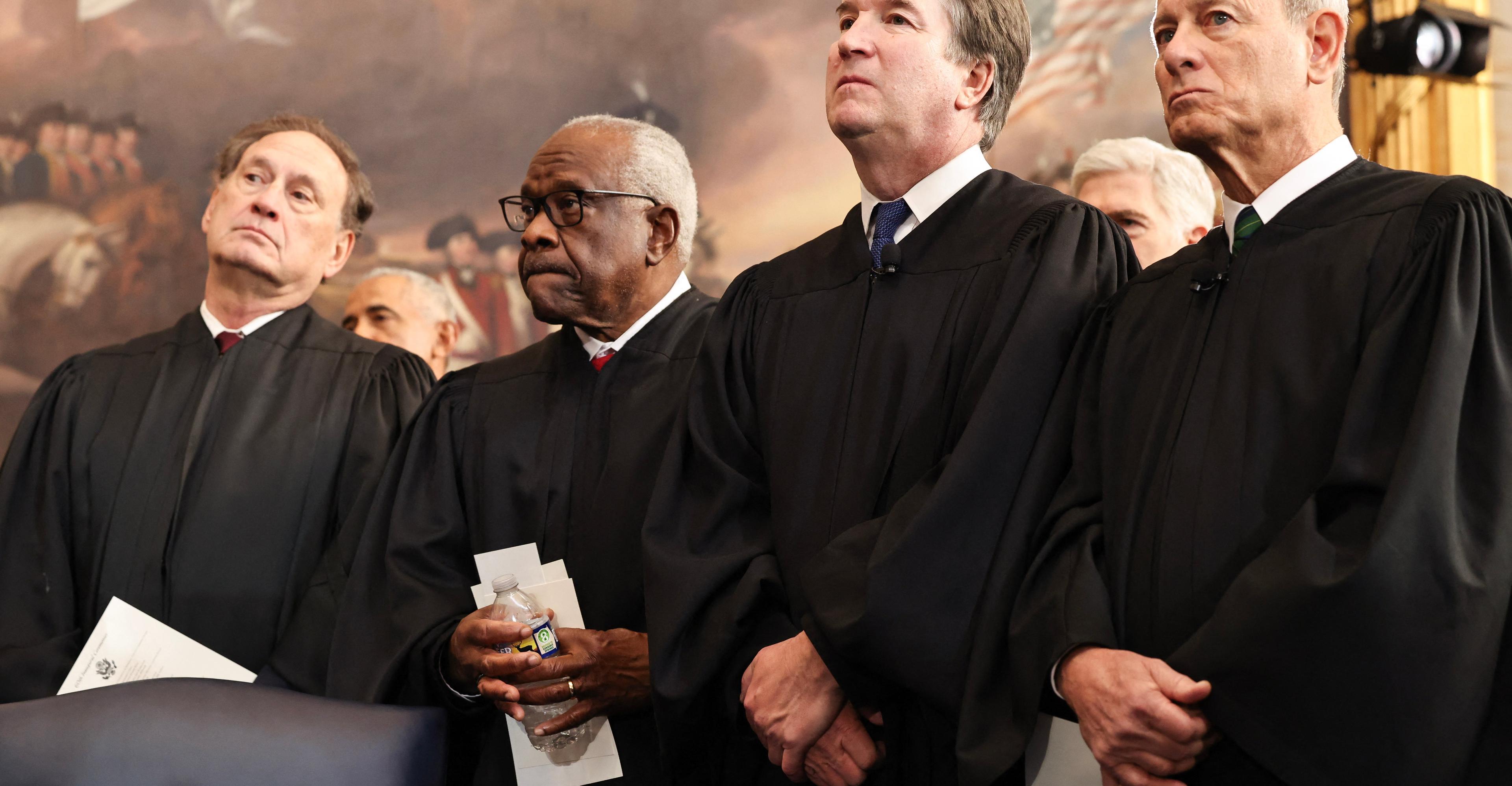
Republicans ask the Supreme Court to gut one of the last limits on money in politics
- 17 hours ago
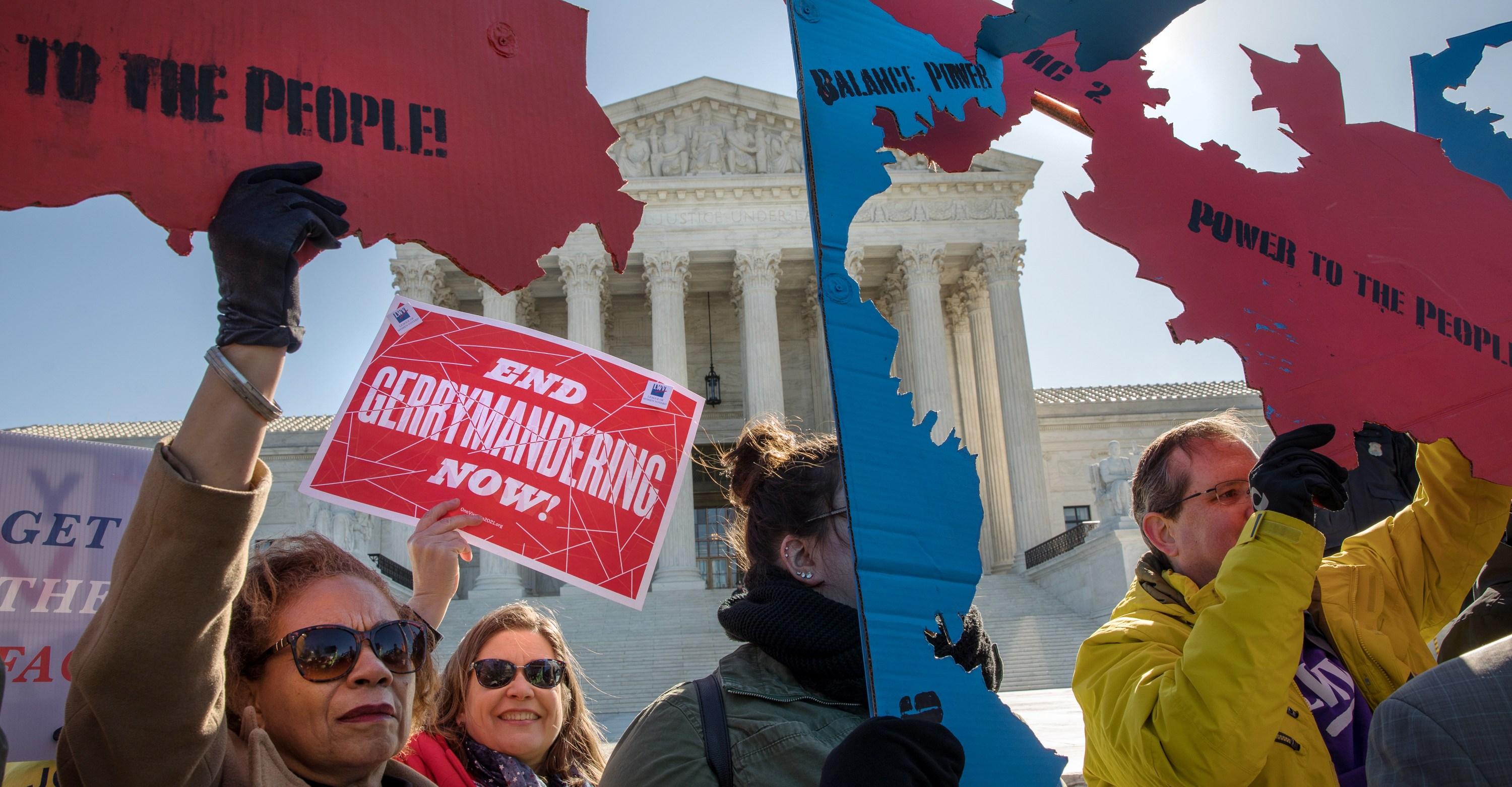
Republicans want the Supreme Court to save them from their own inept mistake
- 17 hours ago
Texas jumps to No. 2 behind UConn in AP Top 25
- 7 hours ago
Kiffin takes LSU job, won't finish year with Rebels
- 7 hours ago
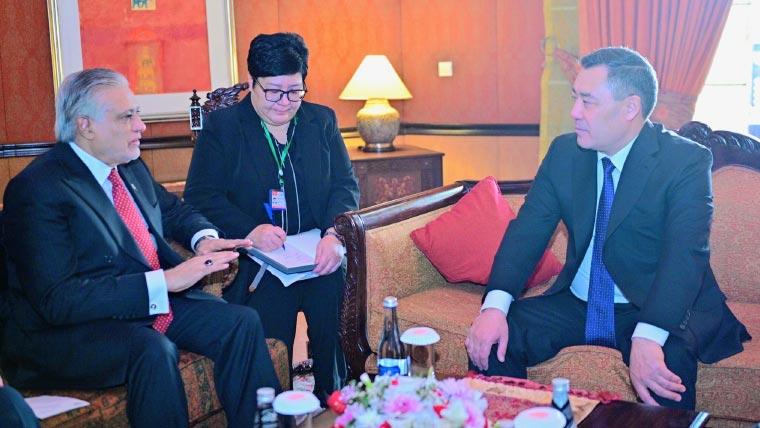
Dar meeting with the President of Kyrgyzstan: reaffirmation of commitment to strengthening bilateral cooperation
- 10 hours ago

Pakistan, Kyrgyzstan vow to boost ties in diverse fields
- 10 hours ago

Spotify Wrapped 2025 turns listening into a competition
- 10 hours ago
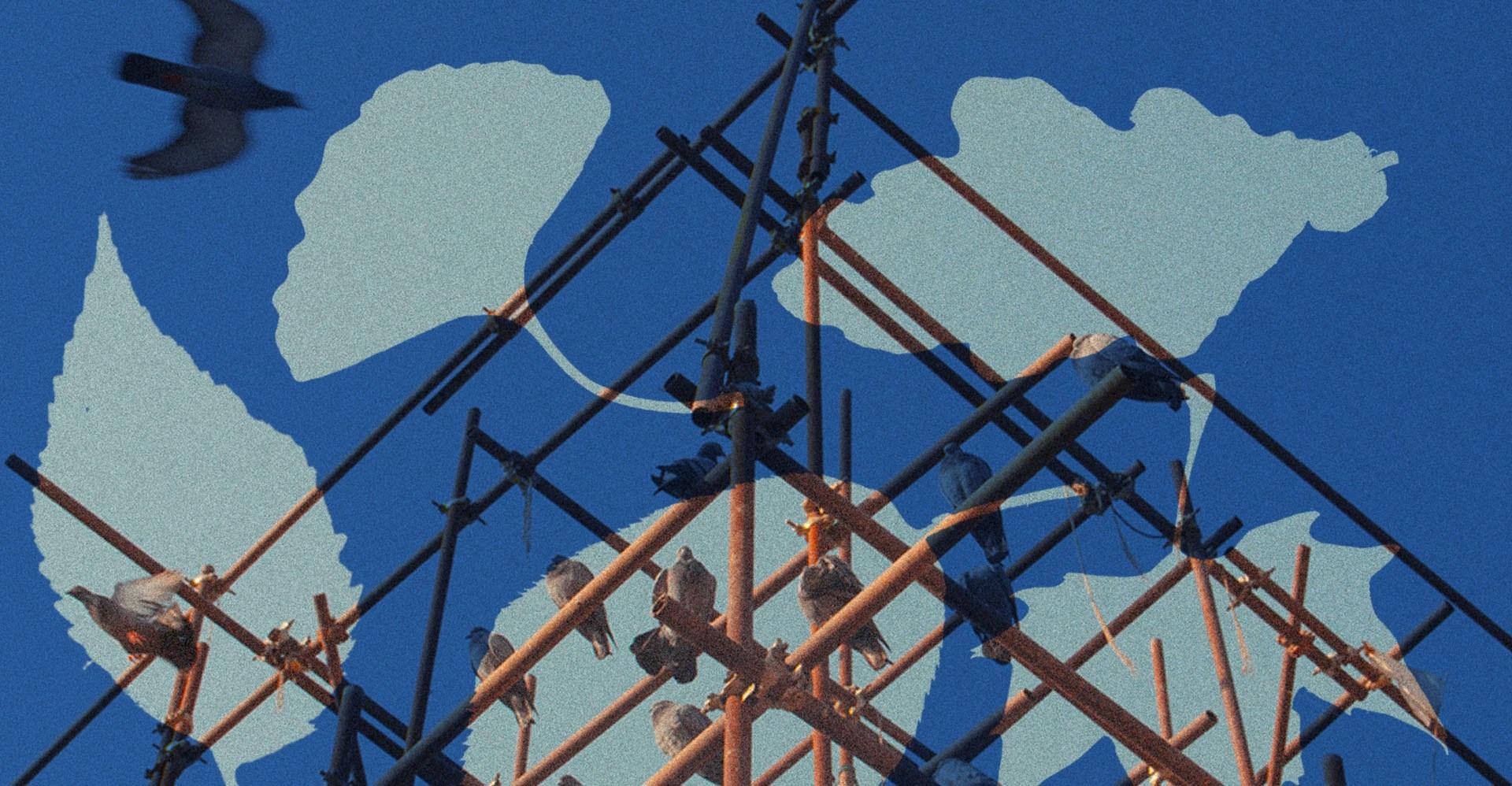
The Case for Growth
- 17 hours ago
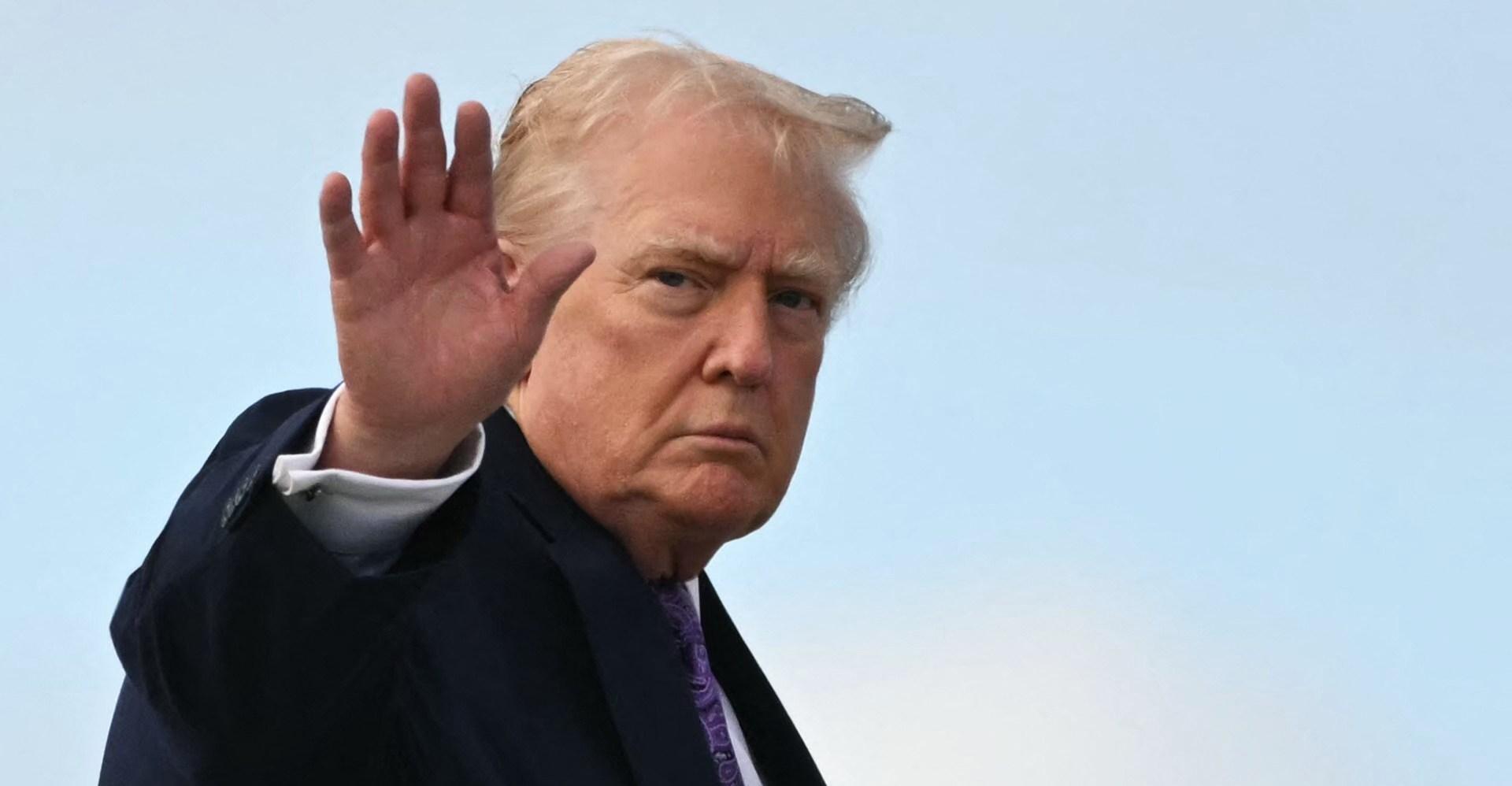
The alt-right won
- 17 hours ago
You May Like
Trending





